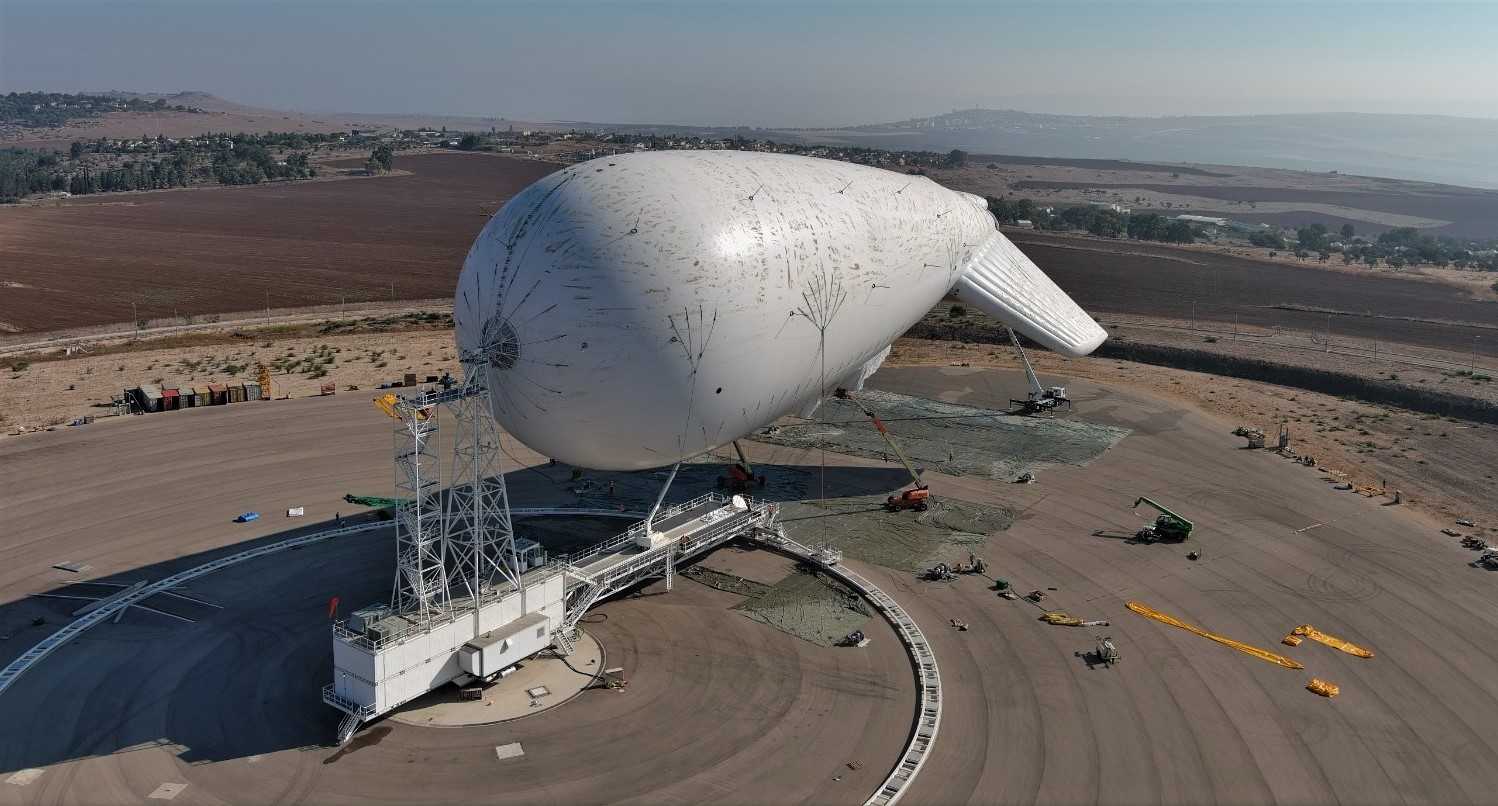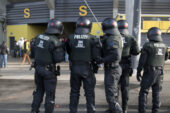Various manufacturers are developing balloons for flight in the stratosphere. At lower altitudes, the German armed forces and Frontex, for example, rely on tethered airships
Asman Technology, a company specializing in aerial reconnaissance, is reportedly planning to send balloons with surveillance sensor technology into the stratosphere. The French manufacturer is currently exhibiting a corresponding prototype under the name Forests at the Eurosatory military trade fair in Paris. It is to fly at altitudes of up to 25 kilometers, covering some 200,000 square kilometers. The endurance is said to be several months.
Asman Technology states that the stratospheric balloon’s payload is 100 kilograms; in the future, this could even be scaled up to five times that amount. The sensors carried are modular; in addition to electro-optical devices or a FLIR radar, the balloon can also carry communications equipment. The information is to be transmitted to a ground station at a high data rate.
Aerostat for deterrence
Balloons are probably one of the military’s oldest means of observing enemy forces from the air. In the atmosphere, they are deployed as tethered balloons or blimps. A cable is used to tether them, provide power, and transmit sensor data to a ground station. Technically, they are therefore referred to as aerostats.
Compared to other air vehicles, the tethered airships have several advantages. They can operate without personnel and remain airborne at high altitudes for long periods of time. Because of their large payload, they can be used in a variety of ways during the day and at night. Visible from afar, they are also intended to provide a deterrent.
One such aerostat was recently presented by the Israeli Air Force to defend against missile and drone attacks from Iran. Described as “one of the largest of its kind,” the giant-looking airshipwas developed in a multi-year joint venture between the Israeli and U.S. missile defense agencies.
United Nations opposes deployment over German military base
In Germany, the Bundeswehr contracted Rheinmetall a year ago to provide a surveillance tethered balloon. The military intends to use it to observe a field camp in Niger from the air. For this “long-range reconnaissance system” on the Malian-Nigerian border, the armaments company will receive around €21 million.
Originally, the aerostat was intended for Mali, but the deployment failed, presumably due to a lack of permission from the United Nations. The German Bundeswehr already wanted to deploy such a system in Afghanistan as an immediate initiative. There too, however, this is said to have failed because the United Nations refused to allow it to operate because of the nearby international airport.
Tethered aerostats are also being used for non-military surveillance purposes. The EU border agency Frontex is flying one on the Greek-Turkish border river Evros, with tests also previously conducted over the islands of Samos and Limnos. The airship is expected to stay in the air for up to 40 days and be able to carry a payload of around 200 kilograms. It can monitor an area up to 60 kilometers away.
Video surveillance with Stratobus
Frontex is now also aiming for the stratosphere. In a call for tenders last year, the border agency was looking for providers of so-called lighter-than-air solutions. At an altitude of 20 kilometers, they are intended to close the gap between the aircraft, drones and satellites used by Frontex.
One of the developers of high-flying airships is French defense contractor Thales with its Stratobus, which is scheduled to make its maiden flight next year. Thales is promoting the system as suitable for combating terrorism and drug trafficking or for “video surveillance” of offshore platforms.
Image: Military blimp in Israel (IDF).





Leave a Reply